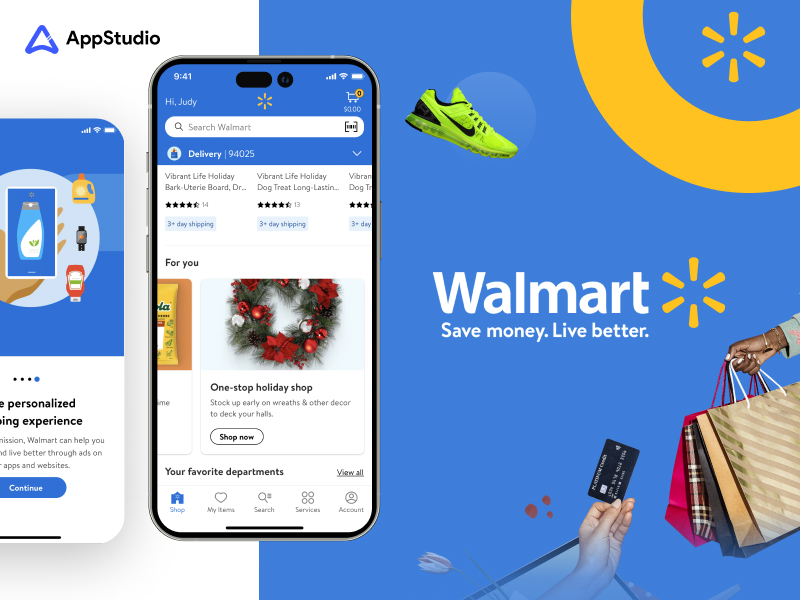It’s famously said that 90% of Americans can find a Walmart store within 10 miles of their homes. And in 2017, it was discovered that almost 95% of Americans have bought at least one product from Walmart.
Walmart is the world’s largest company by revenue, the world’s biggest retailer, and the world’s largest private employer. It employs more than 2.2 million employees in the US, churned out a whopping $600 billion in revenues in 2022 with mind-boggling $9 billion profits, and has captured 47% market share of global retail in wholesale transactions.
Walmart is massive, and it’s everywhere.
Founded in 1962 by veteran entrepreneur Sam Walton, Walmart is right now present across 25 nations, having 11,000 stores besides their huge online presence, with a monthly footfall of 1 billion.
In this blog, we will share some interesting details on how Walmart manages to delight half a billion online shoppers every month, by having a brief overview of their system design, backend, and IT infrastructure.
Let’s start with a brief introduction to Walmart’s website and its online presence.
Walmart’s Online Presence
Ok, not as big as Amazon, but still, Walmart has a huge platform online, and they have millions of visitors and online shoppers, who dedicately purchase their products via Walmart.com and their mobile app.
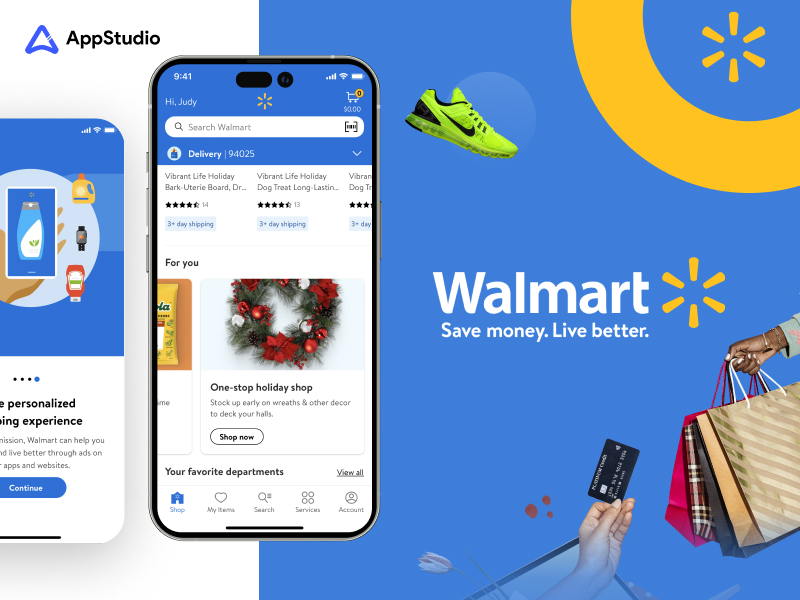
Around 300-550 million users visit Walmart.com and their mobile app every month. (December 2021 data)
As per Investing.com, Walmart.com sold $14 billion of products in the 12 months of 2022, which is 2.3% of their overall revenues. In the US, Walmart.com and its mobile app have captured a 6.3% market share of overall ecommerce sales.
Globally, Walmart.com and its mobile app sold products worth $18 billion in 2022, across 25 nations.
Evolution Of Walmart.com
Walmart.com was first launched in 2000, but the management didn’t think much about the scope of online sales, until 2016, when they acquired Jet.com, and turbocharged their online presence in a single move.
After that, Walmart started acquiring various e-commerce biggies across different countries (which includes the successful acquisition of Flipkart in India for $16 billion)
There are more than 50 million products on Walmart.com and mobile app, which includes products marketed and sold by Walmart, and a separate section of Walmart Marketplace where 3rd party sellers can list their products.
For Walmart’s online platform, Home, Books, Jewelry, and Electronics are the 4 biggest categories of products, with close to 30 million products being listed under these.
Around 150,000 sellers are listed on Walmart Marketplace.
Over the years, Walmart has adapted, molded, and transformed its website and mobile app, to offer more customized & personalized products to its customers. For example, in September 2022, Walmart introduced “Choose Your Own Model” for their online apparel shoppers, wherein they can choose a model to find out how a specific cloth will look on them.
Some innovation here, all right!
Walmart’s Big Push For 10X Growth: Turbocharged Cloud
In 2020, Walmart’s system engineers and developers completely transformed the performance and scalability of their online platforms, by transforming them into Cloud-Native Architecture Platforms.
Initially, Walmart.com and its mobile app were based on Commercial-off-the-shelf (COTS) monolith software, which couldn’t scale, and proved to be quite expensive as well.
By adapting to a turbocharged Native-Cloud platform, Walmart was able to enhance PVM (Page view per minute) and OPM (Orders per minute) by upto 10X and saved a lot of resources and money.
- Walmart embraced the scalability and power of Cloud computing by deploying Azure and Google Cloud Platform.
- Critical processes such as Catalog, Search, Cart, Checkout, Promotion, Payment, Inventory, Order, and Return were segregated and configured via Microservices for Containerised Deployments, orchestrated in the Kubernetes platform.
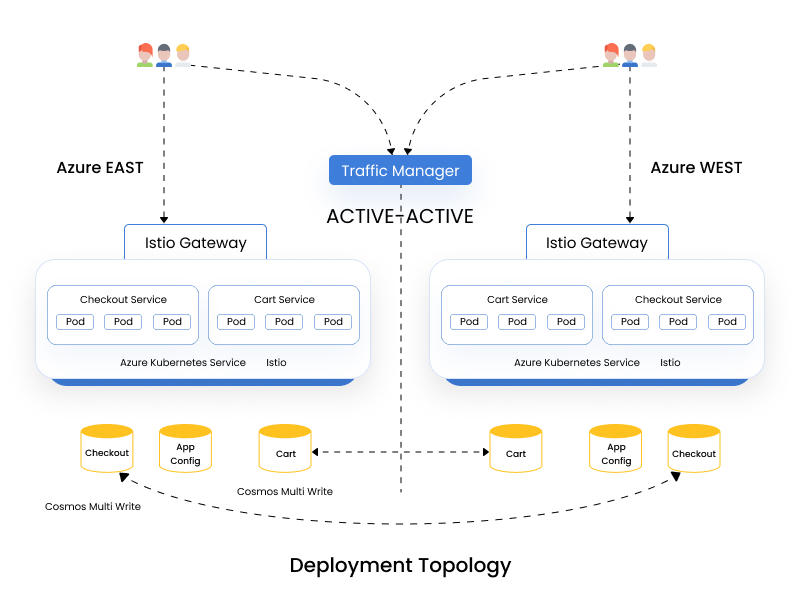
- NoSQL databases were deployed with features such as no-shared state, limitless scalability, caching as and when needed, and multi-region active-active deployment topology.
- From containers to the database, auto-scale was deployed
- Created a more Resilient system, with minimum errors and outages for the end-user
- The single team-owned service architecture or STOSA
- Massive automation for system re-design, optimization, and monitoring
How Walmart Deployed Horizontal Scalability
For ensuring seamless performance and faster checkouts, Walmart engineers deployed Horizontal Scalability by deploying advanced features such as Asynchronous processing, stateless, caching, Autoscaling, high-performance NoSQL database, and multi-region deployment.
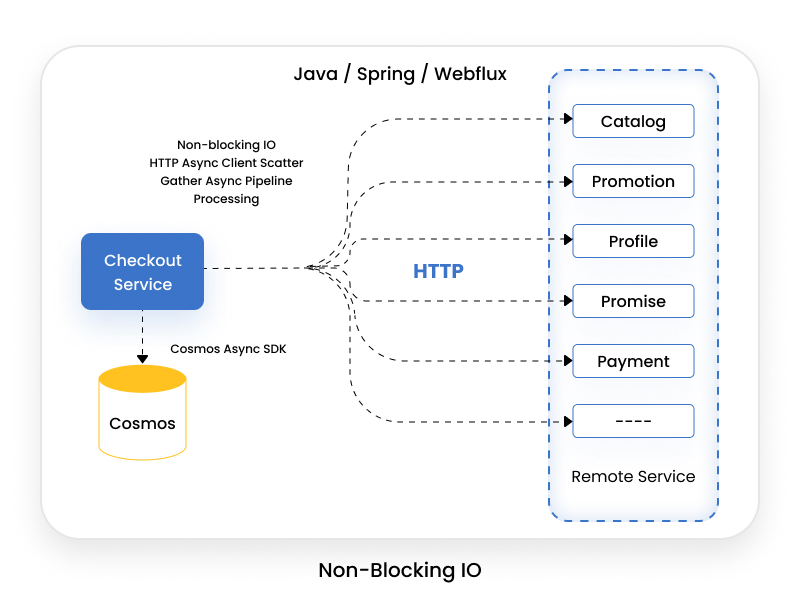
Faster Checkout: Walmart.com and mobile app customers can now ensure faster checkouts with Asynchronous processing frameworks like Webflux, Completable Future, and Async HTTP Clients.
Autoscaling With Kubernetes: To ensure that the portal and app are able to handle a sudden surge in traffic, Walmart engineers deployed Horizontal pod auto-scaler rules for auto-scalability. Whenever traffic surges, new nodes and pods are automatically added and the system becomes scalable to handle the traffic.
Scalability Push: Transition From RDBMS To NoSQL
Walmart’s previous portals and applications were based on RDBMS, which had hundreds of tables and rules, which slowed down the system and literally stopped users from having a delightful experience.
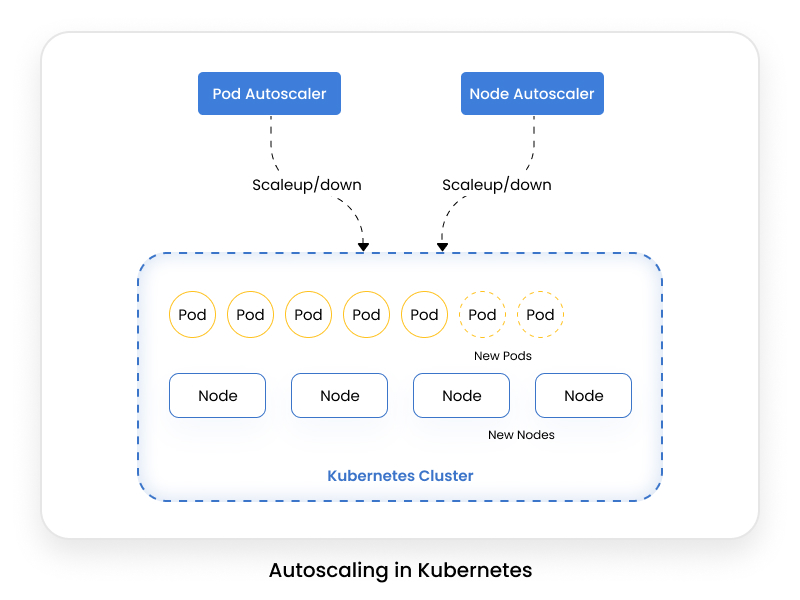
Walmart changed this by deploying Azure Cosmos DB and NoSQL backend, which ensured:
- Horizontal scalability
- Global distribution of data
- Schema-less database for planet-scale
With this new Cloud-based backend, Walmart is able to get less than 10 Ms latency for 99 percentile of their calls, besides amazing consistency in delivering what the user wants when they want.
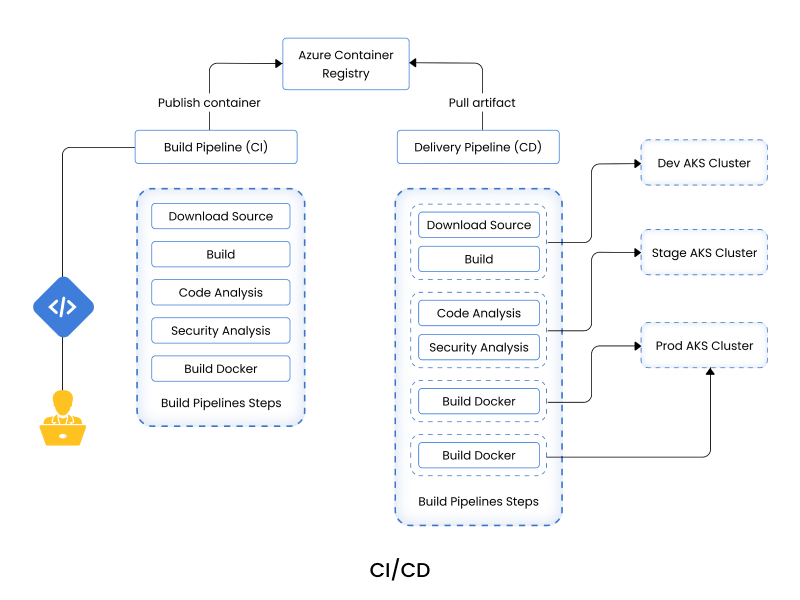
Sharp Monitoring & Observability
Walmart engineers deployed a centralized Splunk cluster for aggregation &search, Prometheus as the metrics store, and Graffana for the dashboards, for ensuring that they are able to track and monitor every aspect of the system design and user journey and take appropriate steps to improve performance.
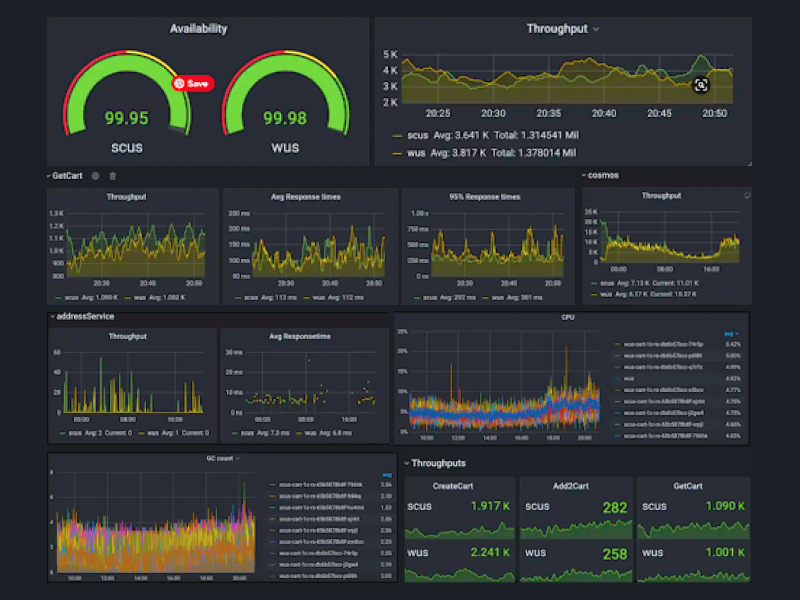
Their new, in-house built dashboard has the following information:
- Dedicated dashboard for Kubernetes
- Pod-level CPU/Memory consumption
- Pod-level Tomcat thread status
- Pod level Garbage collection
- Circuit breaker status
- Availability
- Throughput
- Response time (Avg, 95P)
- HTTP status codes for errors
- Response time, Availability, Errors
As a result of adapting Native Cloud and related technologies for scalability and performance, Walmart was able to not only enhance performance but also save costs.
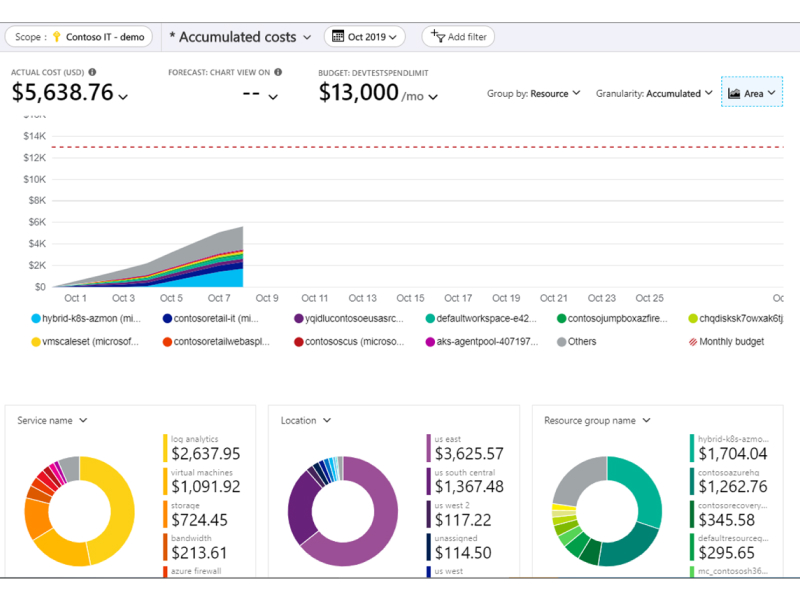
Here is a screenshot of the economic benefits of deploying the Cloud, as shared by Siddharth Patnaik (Head of Architecture, Platforms & Data) at Walmart.
And, we have barely scratched the surface here! If you wish to know more about Walmart’s digital and mobile innovations and find out how you can implement the same for your mobile app/website, then we at Appstudio are here to help you.
Leverage our 15 years+ of experience in developing path-breaking, innovative, and powerful mobile apps for hundreds of startups and enterprises, and take your mobile app and website to the next level of performance and ROI.
Schedule a no-obligation consulting session with our Mobile App Engineers right here!
